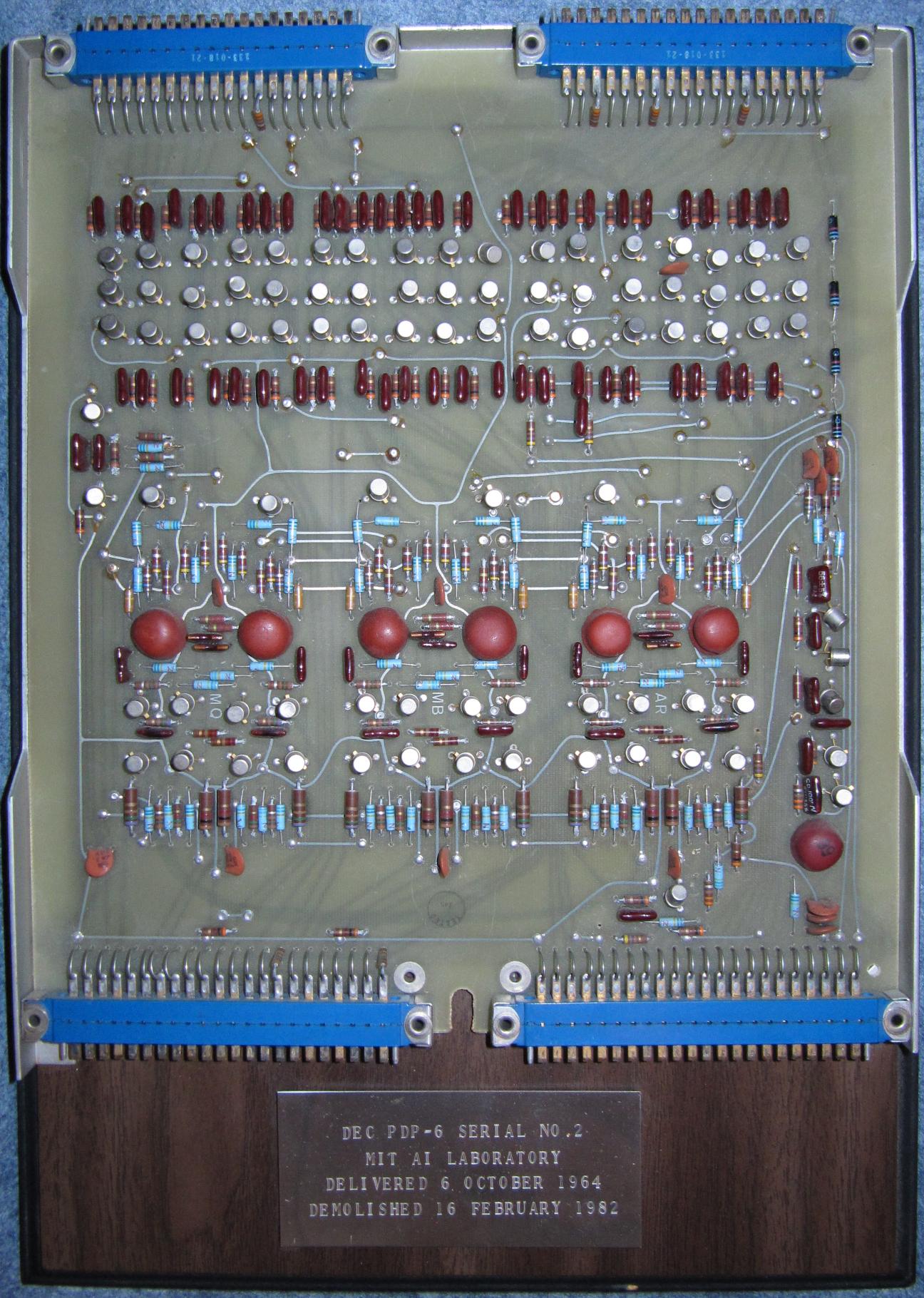Sources:
SYSTEM; CONFIG >
SYSTEM; SALV >
https://sites.google.com/site/mthompsonorg/Home/pdp-10/pdp-10-serial-numbers by @mgthompson
http://www.ultimate.com/phil/pdp10/pdp6-serials.html by @budd
ftp://ftp.ultimate.com/pdp10/bucs20-anon/decapr/decapr.cpu.txt
Project MAC Progress Reports from dtic.mil
Messages to KS-ITS
Messages to ITS-BUGS
Messages to ITS-LOVERS
http://infolab.stanford.edu/pub/voy/museum/pictures/AIlab/SailFarewell.html

This is what I know so far.
At MIT.
Outside MIT.
Other PDP-6'es in Cambridge:
TOPS-20 machines at MIT:
WAITS at Stanford: